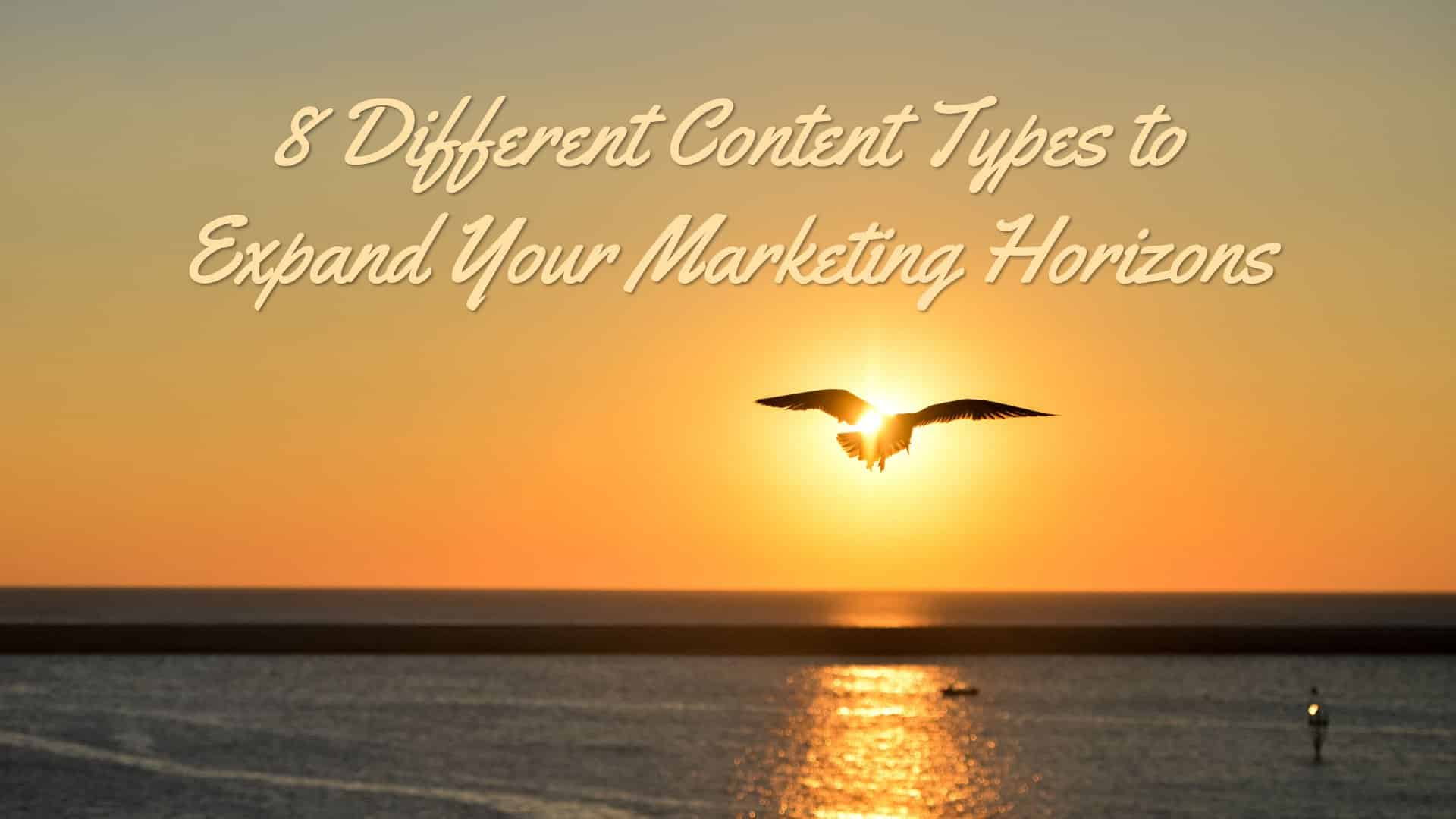What makes a great library?
It’s not the building.
Or the librarian.
Or even the location.
(Though all those things help!)
What makes a great library is the collection.
The novels, biographies, newspapers, journals, magazines, picture books, DVDs, non-fiction books, atlases — the bodies of work collected.
No matter who you are or what you need, you’ll find something useful in a great library.
What if, however, your local library only had instruction manuals on its shelves?
Sure, that library would still be useful — to people who needed instruction manuals.
But what about everyone else?
Children just discovering the wonderful world of literature wouldn’t find that library particularly intriguing.
Pre-teens looking for a great adventure story to help them escape from the real-world drama of middle school wouldn’t set foot in that library.
College students seeking to expand their horizons and grow their knowledge would pass right by that library.
Adults who have read many, many books in their lives and know exactly what authors and genres will satisfy their needs — well, they’ll find that library completely inadequate.
And when people don’t use a library … the library gets shut down.
Businesses can learn something from this.
If your marketing content only caters to a narrow portion of your target audience, you’re missing out on a lot of opportunities to engage. And you’re setting yourself up for minimal foot traffic that isn’t enough to keep your doors open.
If you’re only writing blog posts, for example, you’re limiting your reach to people who prefer to consume blog posts.
Too many businesses are putting themselves in a content box. Mostly I see that box consists of blog posts and emails.
Blog posts and emails are great marketing tools — and I’m going to mix metaphors, here — but you’ve got so many other tools in your toolkit. You wouldn’t hammer a nail with a screwdriver — and you probably shouldn’t try to reach a busy CEO with a blog post about your latest feature release.
I’m on a mission to help businesses — technology companies in particular — break out of the content box.
Let’s expand your horizons.
Like Axero did with their resource library.
Like Showcase Workshop did with their assortment of content assets.
Like Unbounce did with their vast content collection that helps buyers at every stage of awareness, and every stage of the sales funnel.
In the upcoming weeks, I’m going to introduce you to eight different content types — and we’re going to dig deep into each:
- Infographics
- Case studies
- White papers
- Blog posts
- Email newsletters
- Email sequences
- E-books
- Workbooks and worksheets
You’re going to learn the benefits of each type of content, and what audience they work best for — and then you’re going to see examples of each type of content in action.
My hope is that you’ll see new opportunities for engaging your audience and making sales, and that you’ll bust out of the blog-and-email box for good.
